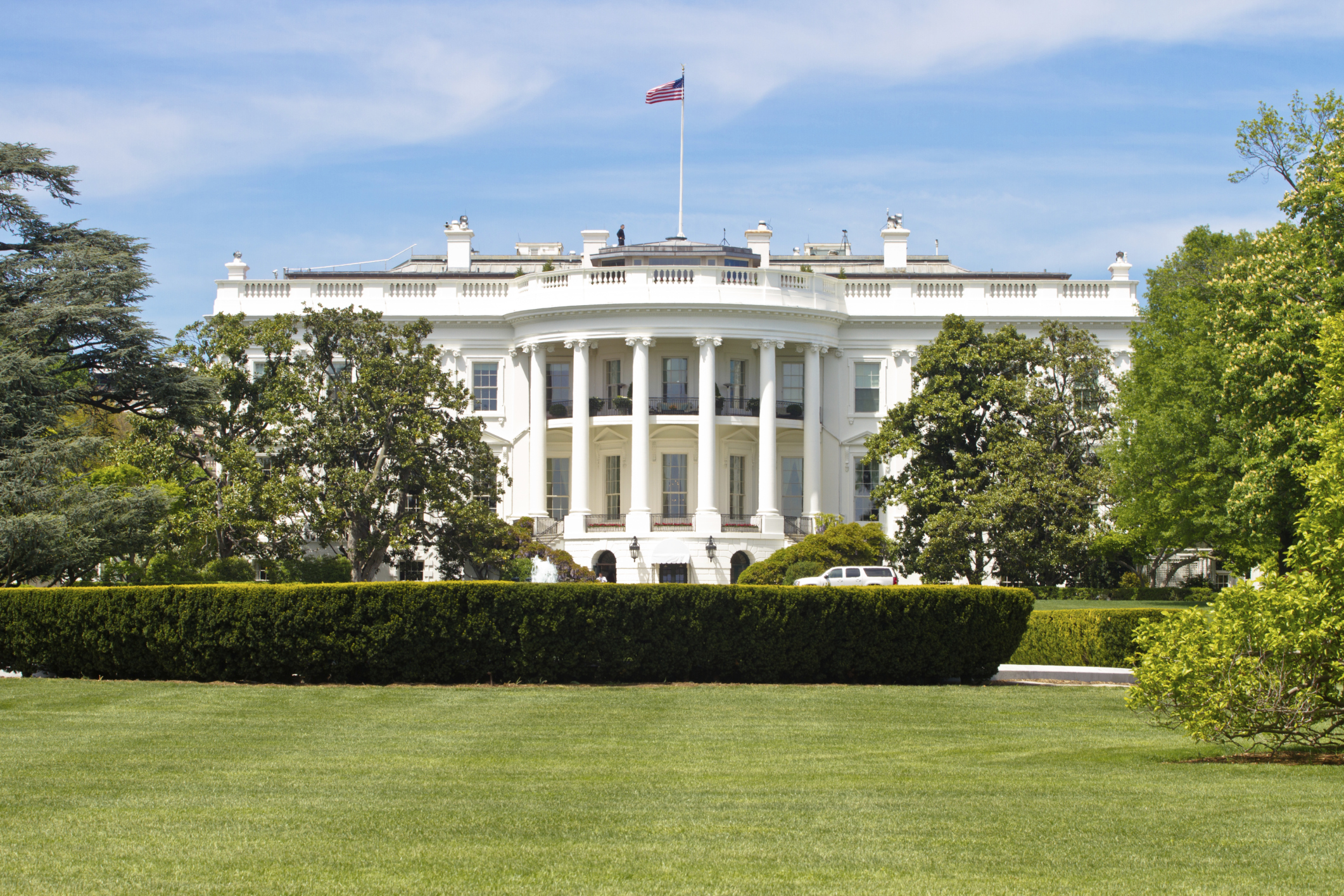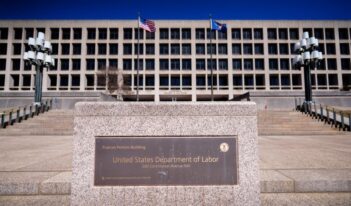
Agenda details some of the Administration’s high priority rules for 2016.
Each year, roughly 3,500 final rules are published in the Federal Register. Most federal regulations are routine or highly specific and have little, if any, impact on the overall economy. But many rules also carry significant financial and societal implications. Indeed, due to political polarization in Congress, President Obama seems to be relying on administrative regulations to secure major policy goals in his second term. To inform the regulated public about the current administration’s regulatory goals for its final year, the White House Office of Management and Budget released the Unified Agenda in November.
The Unified Agenda appears in the Federal Register twice each year to provide information about regulations currently under development by federal agencies. The Fall Agenda also includes The Regulatory Plan, which lays out each federal agency’s regulatory priorities and important anticipated rulemaking activities for the upcoming year.
The Agenda released this past Fall lists 3,247 rules and regulations, including “active” items in the pre-rule, proposed rule, and final rule stages; “long-term” rules that will likely not be finalized within the next 12 months; and rulemakings which have been completed or withdrawn since the previous Agenda. The Fall Agenda includes 218 rules deemed “economically significant,” which indicates that their annual effect on the economy will be at least $100 million. Several of the economically significant rules anticipated for the next year are products of agencies that were particularly active in 2015.
In the Spring 2015 Agenda, the U.S. Environmental Protection Agency (EPA) listed several high-profile and controversial regulations, including the Clean Water Rule, Clean Power Plan, and updated ozone standards. All three of those rules have since been finalized and now face legal action from states and private parties.
But apparently, the agency shows no sign of slowing down. The EPA plans to address its top priority—climate change—by finalizing guidelines for power plant emissions, creating new emissions standards for trucks, and reviewing air quality standards. The EPA also hopes to finalize new emissions standards for fracking by June 2016. That rule, proposed in August 2015 but originally introduced in 2012, would lower limits for harmful fracking emissions, including methane and volatile organic compounds.
Over the next several months, the U.S. Food and Drug Administration (FDA) will continue its major regulatory overhaul of food labels. The agency plans to finalize two rules designed to make nutritional information easier to read and to promote healthier eating habits. One rule would revise the nutrition and supplement facts on packaged foods, whereas the other would amend serving sizes on food labels to reflect healthy portions for a single eating occasion.
Furthermore, the FDA plans to expand its regulatory reach over tobacco products with a rule that authorizes regulation of hookah, e-cigarettes, cigars, and pipe tobacco. That rule—originally scheduled for June 2015—is currently being finalized by the FDA despite threats of litigation from e-cigarette companies.
Also of note, the Department of Labor proposed a February 2016 date for its long-awaited crystalline silica final rule. Although the rule was proposed in 2013, the agency had not previously developed a timeline for completion. The rule would reduce acceptable limits for occupational exposure to respirable crystalline silica, which allegedly puts construction and shipyard workers at risk for lung cancer, silicosis, chronic obstructive pulmonary disease, and kidney disease. Although some have questioned the effectiveness of the proposed silica rule, others have lauded the rule’s potential life-saving effects. Given that OSHA originally drafted the rule in 2011, advocates for the measure have criticized the delays.
The American Action Forum, a center-right policy group, alleges that the latest Agenda contains $118 billion of planned regulatory costs. Although the Agenda suggests that agencies include anticipated costs and benefits, many items either lack this information or indicate that the scope of the rule is under review. However, each participating agency’s regulatory plan includes past benefits in a retrospective review of existing regulations.
The group also speculates that rather than push for “midnight regulations”—rules finalized in the final days of a presidency—President Obama may be seeking a quicker timeline to avoid Congressional rejection under the Congressional Review Act. That law permits Congress to review and reject “major” regulations by any federal agency within 60 days of finalization. To overturn a rule, both houses of Congress must pass a resolution, which is then either signed or vetoed by the President. Republicans currently lack the two-thirds majority needed to overturn a presidential veto of a resolution; however, “midnight regulations” enacted late in Obama’s presidency are at risk of rejection under the next administration if the the president’s successor is opposed to those rules.
Peg Seminario, the AFL-CIO’s safety and health director, expressed concern about political interference and reportedly said she hopes “the administration is aware they are running out of time.”



